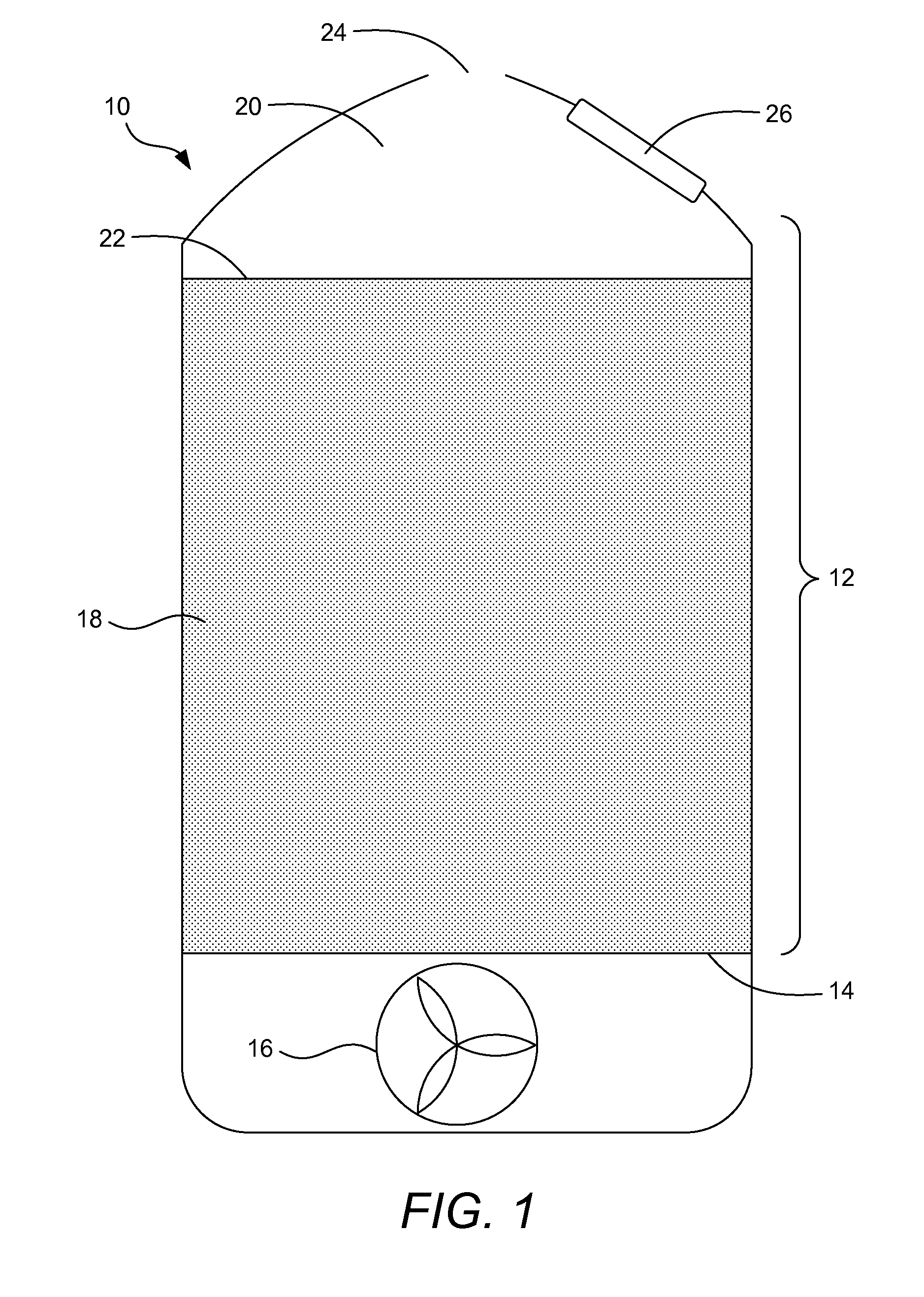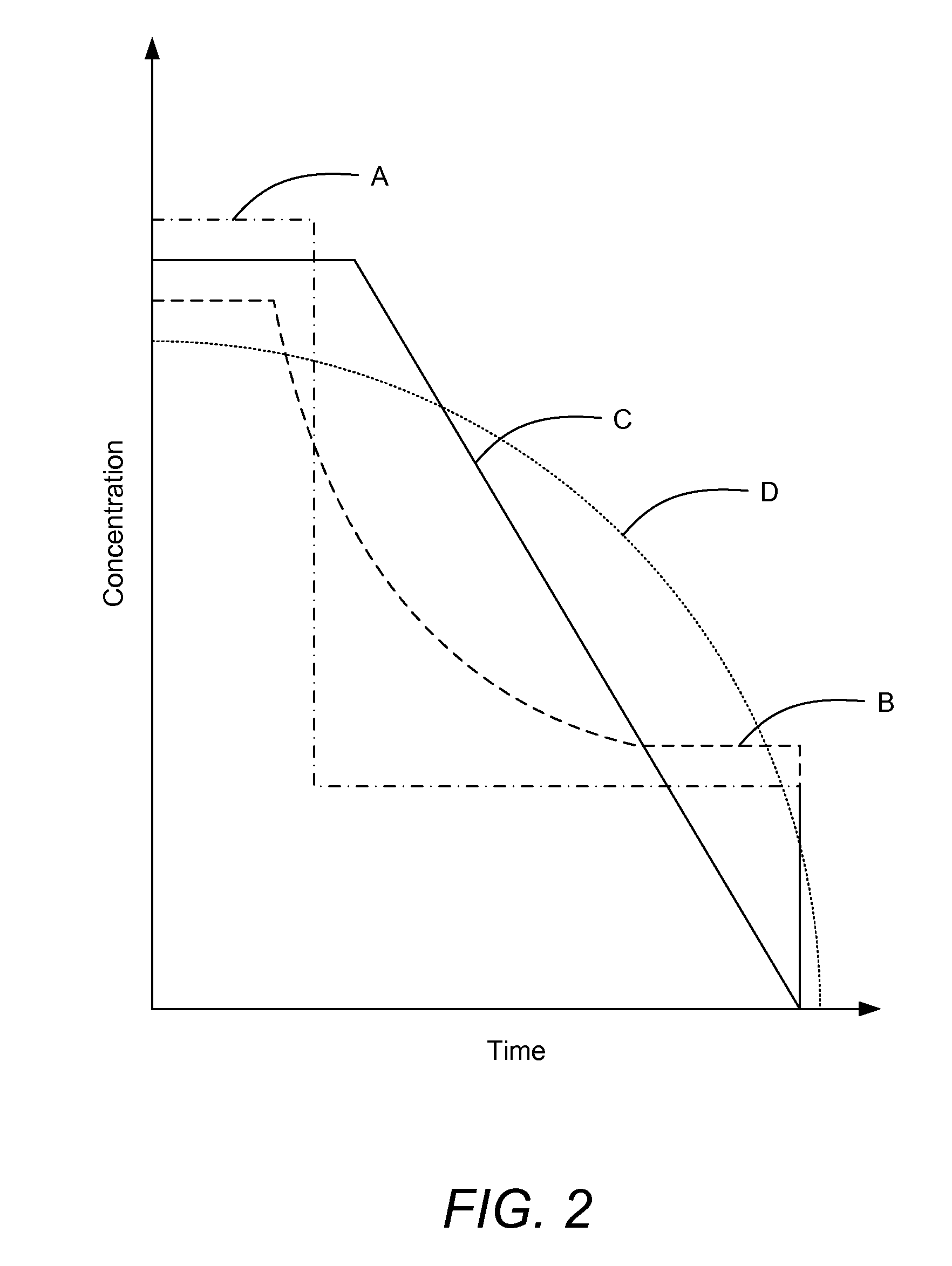Systems and Methods for Ozone Treatment of Toxin in Grain
a technology of ozone treatment and grain, which is applied in the field of grain treatment, can solve the problems of essentially impossible to spray or treat the growing grain in such a way, and affect the condition of the grain,
- Summary
- Abstract
- Description
- Claims
- Application Information
AI Technical Summary
Benefits of technology
Problems solved by technology
Method used
Image
Examples
Embodiment Construction
[0022]A description of embodiments of the present invention will now be given with reference to the Figures. It is expected that the present invention may take many other forms and shapes, hence the following disclosure is intended to be illustrative and not limiting, and the scope of the invention should be determined by reference to the appended claims.
[0023]Embodiments of the invention provide methods and systems for treatment of grain in a storage container using ozone. Treatment of grain with ozone according to embodiments of the invention may be effective for treating grain for toxins, insects, mold, and / or odor. Embodiments of the invention utilize downdraft methods for applying high concentrations of ozone to grain in a storage container. The systems and methods treat grain without generating ozone-related objectionable odors or with generation of only minimal ozone-related objectionable odors.
[0024]A method for downdraft ozone treatment of grain with minimal generation of o...
PUM
 Login to View More
Login to View More Abstract
Description
Claims
Application Information
 Login to View More
Login to View More - R&D
- Intellectual Property
- Life Sciences
- Materials
- Tech Scout
- Unparalleled Data Quality
- Higher Quality Content
- 60% Fewer Hallucinations
Browse by: Latest US Patents, China's latest patents, Technical Efficacy Thesaurus, Application Domain, Technology Topic, Popular Technical Reports.
© 2025 PatSnap. All rights reserved.Legal|Privacy policy|Modern Slavery Act Transparency Statement|Sitemap|About US| Contact US: help@patsnap.com



